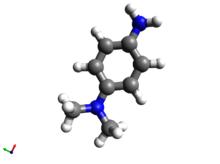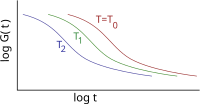| The Charles Goodyear Medal | |
|---|---|
 | |
| Awarded for | "outstanding invention, innovation, or development which has resulted in a significant change or contribution to the nature of the rubber industry" |
| Presented by | American Chemical Society Rubber Division |
| First award | 1941 |
| Website | http://www.rubber.org/s-t-awards |
The Charles Goodyear Medal is the highest honor conferred by the American Chemical Society, Rubber Division. Established in 1941, the award is named after Charles Goodyear, the discoverer of vulcanization, and consists of a gold medal, a framed certificate and prize money. The medal honors individuals for "outstanding invention, innovation, or development which has resulted in a significant change or contribution to the nature of the rubber industry". [1] [2] Awardees give a lecture at an ACS Rubber Division meeting, and publish a review of their work in the society's scientific journal Rubber Chemistry and Technology .






